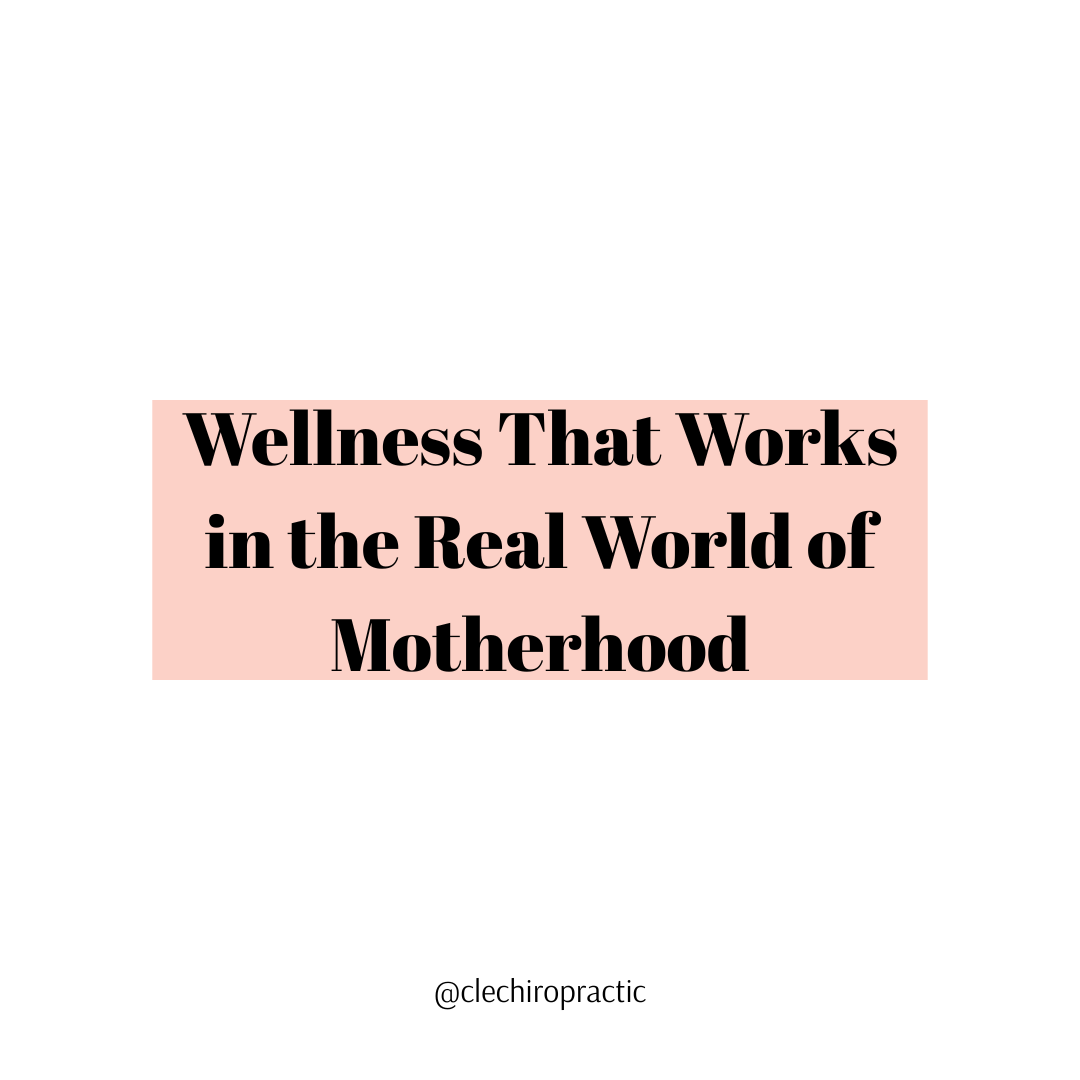The holidays are here! As you are making your list and checking it twice, you are likely to find gift wish-lists filled with high-tech electronics, commercialized products, processed/sugar-filled “treats.” over-the-top labels, or junk that may soon end up in the trash. Instead of rushing around and being overwhelmed with commercialism, consider a different approach. This year especially, people are encouraged to shop small, shop local, and give less “stuff.” Wanting some ideas for what to gift to your family and friends? Check out this list of unique, health-focused, alternative, and fun ideas!
No matter who are shopping for, food can be an appreciated gift to receive. Buy local goods or gift cards to support local small business restaurants. Here are a few businesses and other useful gift ideas:
· Healthy eats: Check out 24 Karrot, Juice Labs, Beyond Juicery & Eatery
· Locally owned restaurants! Be sure to support places you love to help them through the holidays; many offer bonus gift cards, too!
· Coffee, Tea, or Juice Bars like Juice Labs, Beyond Juicery & Eatery, and Joe Max
· Grocery stores: check out small markets, grocers, and farms near you to support small business!
For other thoughtful, useful food gifts consider:
· Local goods such as honey, bee pollen, maple syrup, grass-fed butter, or fresh baked goods
· Quality olive oil and balsamic vinegar (Kasandrinos is great! They source directly from their family’s land in Greece)
· Local meats or gift certificate to a local butcher
· Quality spices: look for organic and fair-trade options
· Also, be sure to check out Westside Market!
Looking to share the gift of health? Let us help! We offer gift cards which can be used for any of our services (including massages!). Contact our office at 216-952-3830 or email us to purchase. Also, check out wellness centers and health promoting businesses such as Holistic Halo Salt Spa and Osteostrong.
Wanting to give the gift of experience and fun? Gift certificates are a great way to support local businesses, parks, museums, and the arts and, also, give a meaningful gift. Here are ideas for gift cards that people will appreciate:
· Check out local artisan shops and boutiques like Cleveland Craft Nook and Artful 21
· Gift a membership to the zoo, museums, or activity park
· Gift certificates for local activities/experiences: check out The Kiln Pottery Studio
Below are some ideas to help with everyone on your list:
Gifts for anyone:
· Weighted blankets: check out Luna and Bearaby
· Blue light blocking glasses (great idea for kids, too): check out DefenderShield, Night Swannies, and Gunnar Optiks
· DefenderShield products: help reduce EMF radiation from electronic devices
· Instapot (so many delicious and healthy recipes can be made quickly and easily with it)
· Fairtrade, organic coffee or tea
· Salt lamps: check out Holistic Halo Salt Spa
· Essential Oils and a diffuser: (Plant Therapy, Young Living, and DoTerra offer quality essential oils)
· Collagen peptides (we love Vital Proteins! We carry it in our office.)
· Better for your feet/more functional footwear: Xero Shoes, Softstar shoes, Vivobarefoot, Lems, Be Lenka, Feel Grounds
· Correct Toes toe spacers
Gift Ideas for Women:
In addition to some of the other ideas already listed, here are some ideas for the women and moms in your life:
· Natural wax candles made with essential oils
· Gift cards or memberships for yoga/pilates classes, fitness programs, or barre classes
· Non-toxic nail polish: Zoya, Butter London, Poofy Organics, 100% Pure, Color Street nail strips
· Better for you beauty: BeautyCounter, Poofy Organics, Crunchi, 100% Pure
· Massages and spa sessions
Gift Ideas for Pregnancy or Postpartum:
· Gift certificate for a doula!
· “Coupons” to run errands, cook meals, or help around the house
· Mama teas: Traditional Medicinals and Earth Mama Organics have some great blends
· Belly butter and nipple butter: check out Earth Mama Organics, Honest Co, The Moms Co.
· Prenatal or postpartum massage (we offer them at our clinic!)
· Nursing pillow such as the Brestfriend or Boppy
· Water bottle: check out cute custom ones on Etsy!
· Belly Armor gear (helps protect against EMF radiation)
Gift Ideas for Men:
· Gift certificate for physical activities such as rock climbing, martial arts, or fitness centers
· Gift certificate for a massage (guys love massages, too!)
· Healthier snacks such as Epic bars or Chomps
· Custom or personalized gift such as watch, watch/ring holder, or pocket knife
· Functional footwear like Zero shoes, Lems, Vivobarefoot; also consider toe socks!
· Quality/non-toxic skin products such as beard oil, deodorant, soaps, and lotions (Check out Beautcounter’s and Maison Apothecare’s men’s line!)
Gift Ideas for Baby/Toddler:
· Ana & Anais swaddles
· Wooden toys or blocks (make sure they do not have lead paint!)
· Wooden letter piggy bank
· Personalized name puzzle
· Honeysticks natural beeswax crayons
· Books (check out ones about nature, animals, learning the world, and learning about emotions)
· And be sure to check out Etsy or local boutiques for other great ideas!
Gift Ideas for Kids:
· Membership to the zoo or a museum
· Monthly activities kits for kids (such as Kiwi or Green Kids Crafts)
· Activity membership: swim, dance, gymnastics, karate, art classes, music lessons, etc
· Kid cooking set
· Indoor garden set for kids
· Books (check out ones about nature, health, and kindness)
· Also, check Etsy or local boutiques for other great ideas!
Hope these ideas inspire you and help with your holiday gifting. Wishing you and your family a wonderful holiday season! May it be full of love, peace, and joy.





